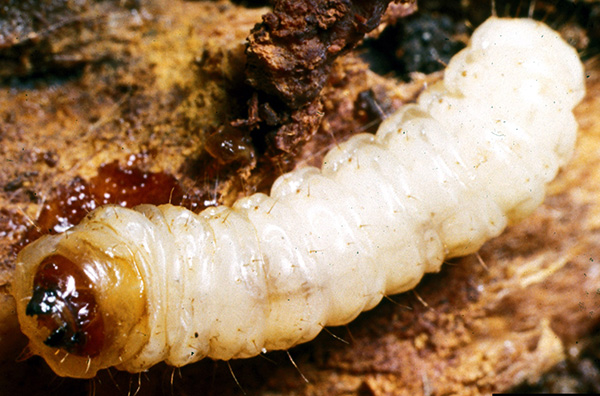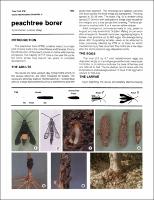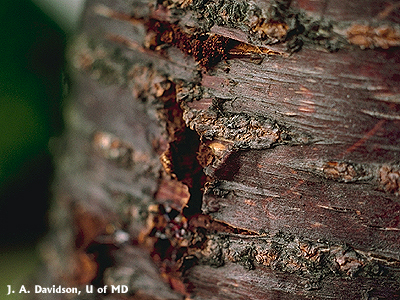peach tree borer life cycle
Larger roots are also occasionally. To survive they must get under dead bark near live bark where they have protection for feeding.
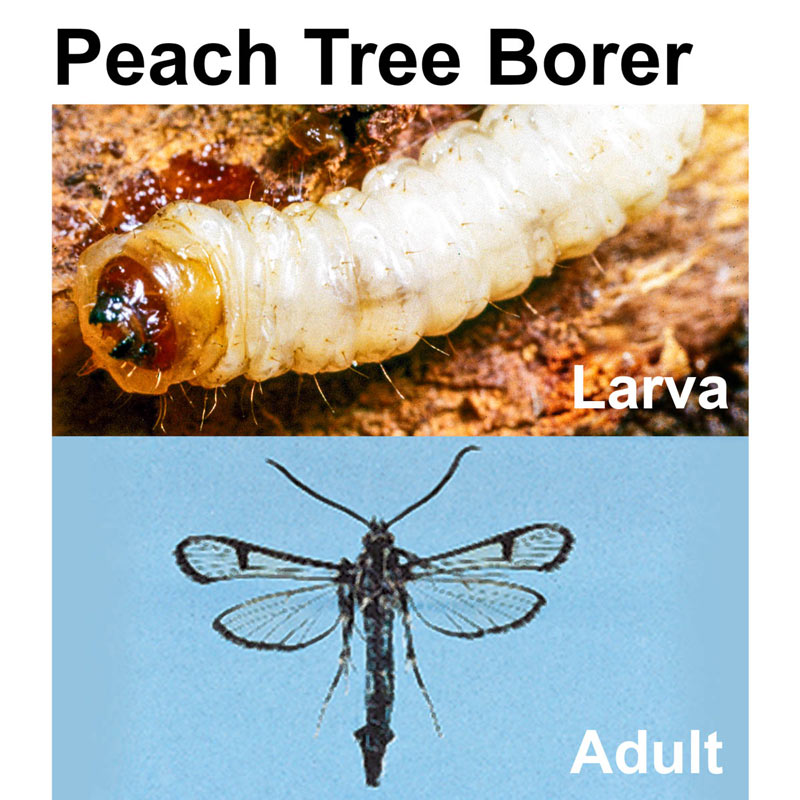
Peach Tree Borer Trap Pest Control From Gardens Alive
The lesser borer completes about one and one-half cycles a year.

. Only the immature larva stage Figure 3 produces the damage to trees. Description and Life Cycle. Peach tree borer injury is less common here on plums and cherries but might occur.
Winter is spent as a larva under the bark in the cambium layer. When mature the larva constructs a cocoon under the bark at or near soil level and pupates. Much of the United States including Texas and Nebraska has one generation per year.
It is reported that it takes two years to complete a life cycle in Canada and in a small percentage of populations in New York. Adult moths of the lesser peachtree borer emerge from late May through September while peachtree borers emerge from midJune to early September. Ad Browse discover thousands of brands.
Life Cycle and Damage Peach tree borers overwinter as partially grown larvae in a gallery under the bark. In the spring feeding is resumed and the larval period is completed. Larva burrows into the bark usually entering at a crack or wound near the soil surface and feeds on the cambium and tunnels between the inner bark and the sapwood.
Look for injury symptoms when pruning trees in the spring and early summer. The peachtree borer overwinters as a partly grown larva in its burrow beneath the bark of the tree. Peach twig borer has about 30 known species of natural enemies.
Pupation occurs within a silken cocoon covered with chewed wood and frass. The peach tree borer completes one life cycle a year. It is a pest of flowering cherry and almond.
An amber-colored gum gummosis is. Lesser peachtree borer S. The period of time required to complete a life cycle varies considerably throughout the range of the peachtree borer.
While there are many peach tree pests including leafhoppers white peach scale mites and aphids none are as big a problem as the peach tree borer. The life cycle of the peachtree borer requires one year to complete. Usually they are close to or below ground level.
Find deals on peach tree borer traps on Amazon. Upon hatching from eggs young larvae immediately tunnel into the sapwood of the tree usually through cracks and wounds in the bark. Egg laying begins soon after emergence and mating and larvae tunnel into the bark to feed until the.
Seasonal development and life cyclePeachtree borer. Peachtree borer life cycle showing larva 1 cocoon 2 empty pupal case 3 and cocoon with pupa emerging 43 bark of the lower trunk or in the soil near the trunk base or by a larva andor larval tunnel under the bark Fig. Read customer reviews find best sellers.
The grub-like larvae chew underneath the bark at. Most individuals complete development during the summer. Larvae range from 125 to 35 cm in length and are white with a brown head.
Among those commonly found in California are the chalcid wasps Copidosoma Paralitomastix varicornis and Euderus Hyperteles lividus. Attacks all stone fruits mainly peach. As temperatures warm up they resume boring and usually complete their feeding in May.
Larvae of the peachtree borer cause damage to fruit trees. Lesser peach tree borers have a life cycle very similar to that of peach tree borer but the timing and location of attack are slightly different. Eggs hatch in 8 to 30 days and the larvae attempt to bore into the bark.
Life Cycle of a Peach Tree Borer. In some years and orchards these natural. Another commonly found parasite is Macrocentrus ancylivorus which attacks both peach twig borer and Oriental fruit moth.
Because the egg laying period is so long overwintering larvae vary greatly in size. Female moths lay their eggs during the summer on bark at the base of tree trunks. Hatching larvae tunnel into the tree at or slightly below ground level.
Larvae feed on branches near or in trunk crotches and at old trunk wound sites found above ground level. Adult peachtree borers emerge in the late spring or early summer. Larvae normally attack the tree trunk between 75 cm 3 in below ground to 25 cm 10 in above ground.
Purple sand cherry Prunus x cistena is highly susceptible to peachtree borer. Pictipes adults have clear wings and metallic blue bodies with yellow markings. Borers overwinter as larvae in the tunnels and resume feeding the following spring.
Lesser peach tree borers attack higher on the trunk and scaffold branches. Life cycles of peachtree borers and lesser peachtree borers. Greater peachtree borer moths resemble wasps.
Part of the population may require two years to complete the life cycle.

Peachtree Borer 5 566 Extension
Pests Bc Tree Fruit Production Guide
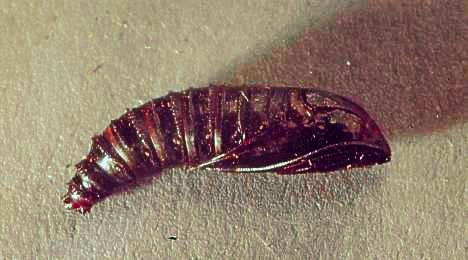
Peachtree Borer Nc State Extension Publications
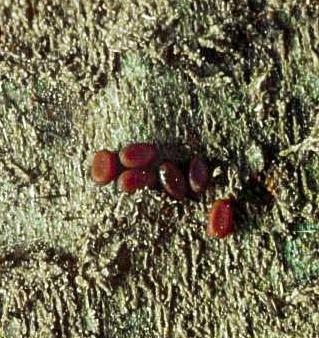
Peachtree Borer Nc State Extension Publications
Pests Bc Tree Fruit Production Guide

Goes To Show You Don T Ever Know Plant Pest Advisory

Peach Tree Borer Treatment Control Planet Natural
Peachtree Borer Wsu Tree Fruit Washington State University

Peach And Nectarine Peachtree Borer Pacific Northwest Pest Management Handbooks
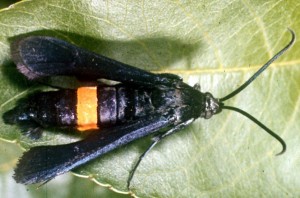
Peachtree Borer Oklahoma State University
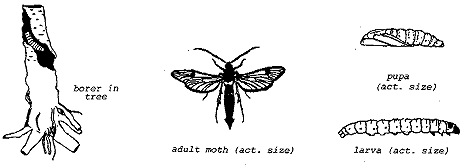
Lords Environmental Peach Tree Borers

Peach Tree Borers How To Control Peach Tree Borers
Eny 691 In489 Peachtree Borers In The Home And Commercial Peach Orchard
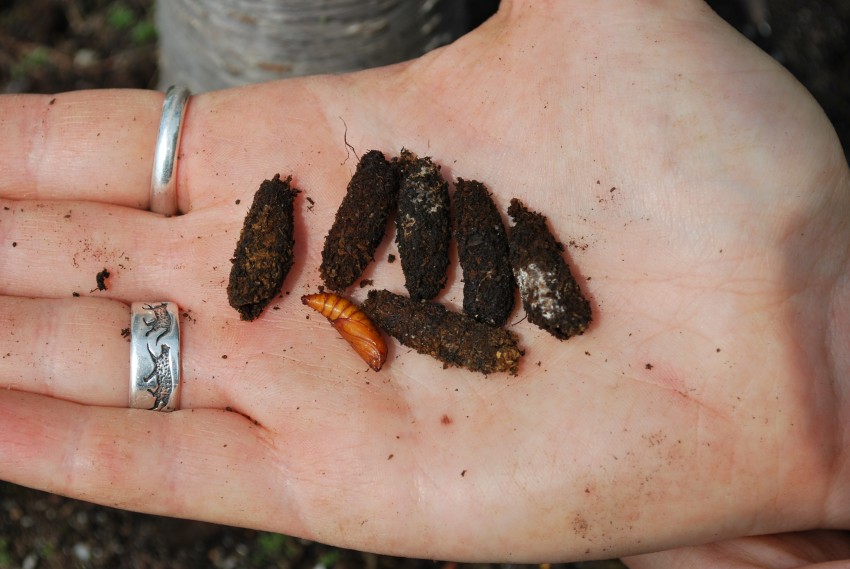
Goes To Show You Don T Ever Know Plant Pest Advisory

Apricot Peachtree Borer Pacific Northwest Pest Management Handbooks
